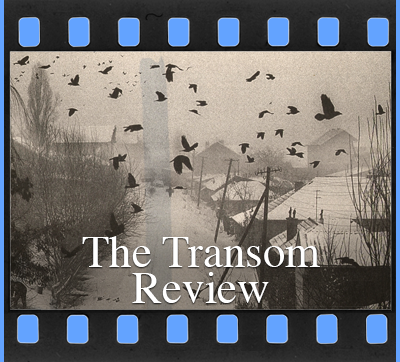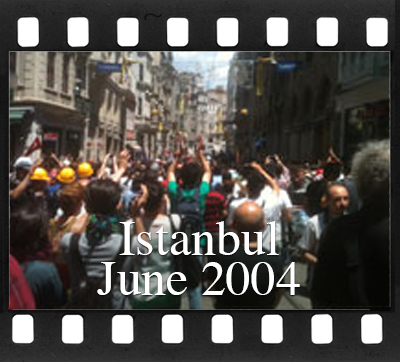The Wisdom of the Ancients
The Independent, October 1995
Books in Brief
Film Editing Nutz & Boltz
by Tom Bullock
Whenever I teach workshop classes in film editing, one of the first questions I ask the students is why, in this age of nonlinear digital-access editing systems, are they interested in learning a technology that is antiquated, if not primitive, by comparison? Inevitably, it occurs to one of them to ask me (if only rhetorically) why I still choose to teach in "the ancient tradition."
We all have the right to question why suddenly there's a new book on the market, Film Editing Nutz & Boltz, offering "a complete guide to 16mm and 35mm film postproduction." What is left to be said at this stage of the game? As with any discussion of editing, the answer lies not in what you say, but in the way you say it.
Despite being a technical book, Film Editing Nutz & Boltz has lots of personality. Written in a California user-friendly style by Tom Bullock (aka "Film Guy"), it mixes a sincere love of film with a kind of benevolent street wisdom, what the author describes as "basic working truths" derived "after much painful and costly trial and error" during his career as a film editor.
Film Editing Nutz & Boltz is actually two books in one. Flip it over and upside down and Film Editing Nutz & Boltz becomes Sound Editing Nutz & Boltz. There's even a third smaller section on the basics of video editing. Like most how-to books, it does not attempt to cover the aesthetic issues of editing; it simply teaches the basics in a step-by-step manner, occasionally digressing about the creative potentials of particular approaches and procedures.
There are myriad forms and charts-budgets, schedules, dailies, edit and select logs, optical and negative count sheets, cue sheets, foley sheets, and ADR sheets, among others -- all of which you are encouraged to copy and use for your own projects. Although it is sprinkled with silly computer graphic illustrations and references to a somewhat sophomoric hypothetical film titled Zitz in Bondage, one easily excuses these excesses in light of the amiable spirit that permeates the book. Even the extensive glossary, purposely placed at the front of the book, is filled with helpful and comforting first-person annotations.
So why this book now? One way or another, all of the newfangled nonlinear editing systems are designed to mimic the mechanical and aesthetic processes of film editing. Even the universally appropriated words common to all editing systems -- splice, cut, trim, and extend, for example -- are based on the tactile hands-on activities of the film editor. In video editing, one punches buttons to create "edit events;" in digital editing one waits for the computer to "render" transition effects; in both cases, one is instructing a machine to conjugate editing ideas. In film, one simply does it oneself. Or undoes it. Or redoes it. It's messy, cumbersome, inefficient by comparison, and it takes more time. But there's nothing like it.
Am I being too sentimental? Probably. I realize, as does Film Guy, that eventually everyone will be using nonlinear editing systems, particularly when they become more affordable. What, then, of the role of film? By way of comparison: I suppose it's possible to learn the rules of baseball by playing video games, but when it comes right down to fully appreciating the sport, there's no better teacher than the actual feel of wood against ball, the thud of ball into mitt, and the dust storm following a reckless head-first slide into second base.
And so, my students are correct in thinking that if they can understand how the vocabulary for "editing" was originally derived -- if they can learn what it is to physically manipulate the "old fashioned" ribbons of cellulose acetate and experience what Tarkovsky called "sculpting time" -- they will become better filmmakers and editors in whatever editing media the future brings. In Film Editing Nutz & Boltz, I think we've found a good new textbook to guide them.
- ◻ FILM MEMORIES
- ◻ THE TIME OF OUR LIFES
- ✓ THE WISDOM OF THE ANCIENTS
- ◻ Y2K TIME CAPSULE
- ◻ CHASING TIME











